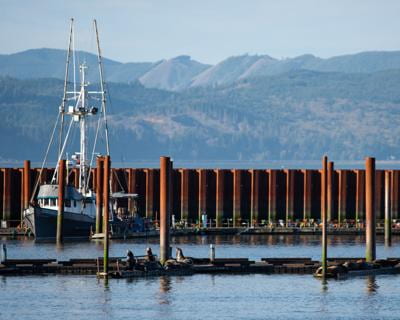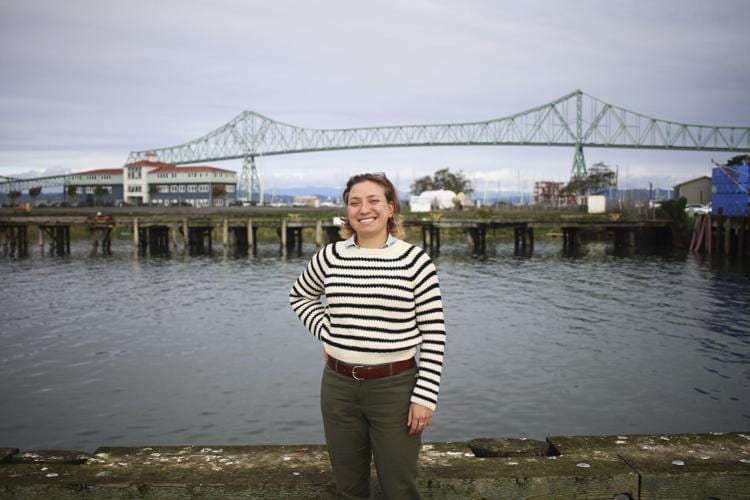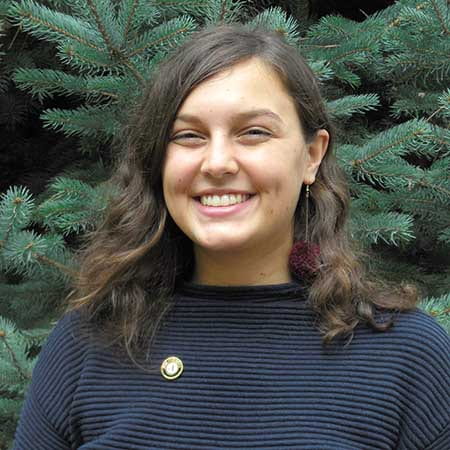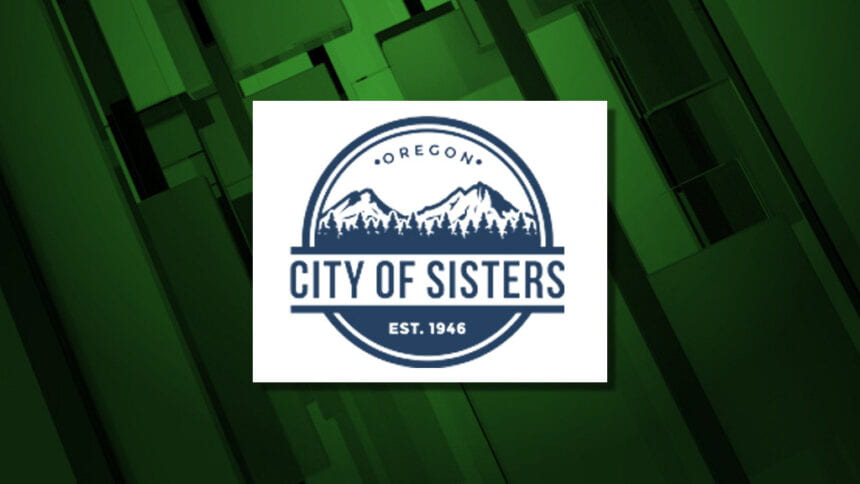By Edward Stratton, The Astorian
The Port of Astoria has completed a draft capital facilities plan, mapping out around $20 million in needed maintenance and looking to the future of operations while taking one step closer to more financial support from the state.
The Port finished a strategic plan in February laying out how the agency will get on stable footing financially. Business Oregon, the state’s economic development agency, paid for the creation of a capital facilities plan to prioritize projects, bringing on AmeriCorps intern Lydia Ivanovic to help Matt McGrath, the Port’s deputy director.
The capital facilities and strategic business plans will eventually be combined into an intergovernmental agreement providing accountability for how public money will be spent.
“We obviously, sitting here today, don’t have all the resources lined up in order to get everything done in the plan,” said Will Isom, Port’s executive director. “But having this IGA in place will open up supports for us and allow, specifically Shane (Jensen, the Port’s grant writer), to start really aggressively going after grant money, which will be an important piece of the financing puzzle.”
The facilities plan is a living document that could change with priorities and new opportunities. It encapsulates deferred maintenance projects, such as the cleanup of petroleum contamination leaking into the Columbia River between piers 2 and 3, the repair of the causeway leading out to the East Mooring Basin and the rehab of a slumping Pier 2 seawall where fishermen transfer their catch to processors.
The Port prioritized projects that improve safety and reduce environmental impact, McGrath said.
The plan also looks to the future of Port operations, including an expanded boatyard on Pier 3 and improved infrastructure for cruise ships stopping at Pier 1. Many of the projects focus on master plans to provide a cohesive strategy for developing the Port’s central waterfront and the Astoria Regional Airport.
“This is really meant not only to be a component of the strategic business plan, but to provide really a big benefit to Port staff, as to providing some institutional knowledge as far as what projects across Port property need to be done,” McGrath said. “This would have been a document that would have been tremendously helpful for me when I first came on, rather than having to kind of go around and figure out everything that needed to be done at the Port.”
Stephanie Prybyl, the ports manager for Business Oregon, said the capital facilities plan would help her organization as it goes to Salem seeking money for the Port.
Business Oregon has already loaned the Port around $20 million since 2001 for past projects, in addition to several infrastructure grants. But some of the financing went toward a boatworks cluster concept around Pier 3 that was largely scrapped after the arrival of lucrative log exports.
With the loss of logs, the Port has pivoted back toward an expanded boatyard on Pier 3. The strategy is one similar to the Port of Toledo, a coastal port upriver from Newport that parlayed a focus on its boatyard into millions of dollars in state grants.
In addition to getting help from the state, the Port hopes master planning on the central waterfront will attract urban renewal money from the city to help create a commercial district around the West Mooring Basin.
Isom sees much of the agency’s future in land development, with leases being the Port’s largest source of revenue.





